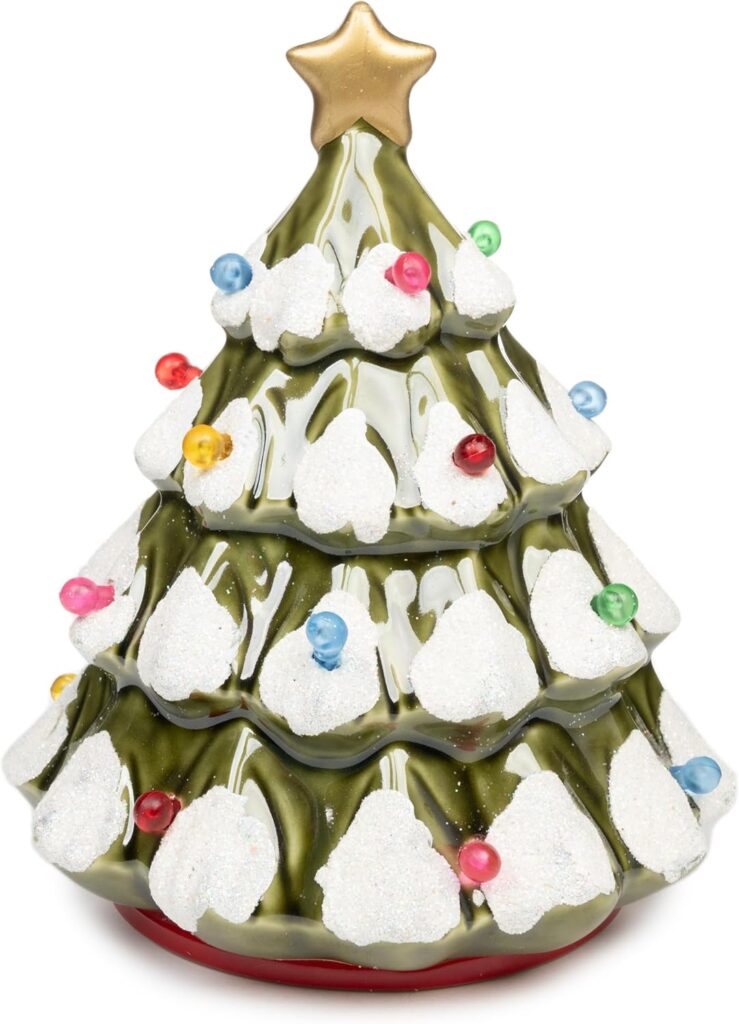
The week before Christmas is supposed to feel warm, magical, and full of quiet anticipation. Instead, our house has been taken over by the flu — and it hit hard. Fevers, body aches, headaches, and a cough that refuses to let either of us rest have turned what should be a peaceful holiday stretch into pure survival mode.
The hubby and I have found ourselves in an unspoken competition over who feels worse, who can breathe the loudest, and who has the highest fever. The truth is, we’re both miserable. He’s just slightly worse, which has automatically placed me in the role of full-time nurse, whether I’ve felt up to it or not.
When Love and Sanity Collide
I love my husband deeply, but when two sick people are trapped in the same space, patience wears thin fast. After hours of coughing, shifting, and shared misery, I realized I needed a small break — not from him, but from the noise, the constant hogging of the covers and then kicking them off, and the feeling of being completely overwhelmed.
Stepping away wasn’t about frustration or lack of compassion. It was about preserving my sanity so I could keep showing up with care instead of irritation.
Choosing Christmas Light Therapy
I grabbed my book, moved into another room, and settled in beside the Christmas tree. I didn’t turn on a lamp or put on any background noise. The glow of the lights was enough.
There is something deeply calming about sitting in a room lit only by a Christmas tree. The soft twinkle slows your thoughts. The shadows feel gentler. The entire space seems to breathe differently, and for the first time all day, so did I.
Getting Back to December Reading
I am embarrassingly behind on my December reading. Between the chaos of the season and now being sick, my books have been waiting patiently while life ran me over. Curling up by the tree felt like reclaiming something familiar and grounding.
Reading, even for a short while, reminded me why it matters so much to me. It isn’t about hitting a goal or finishing a chapter count. It’s about escape, comfort, and letting my mind rest when my body refuses to cooperate.
A Quiet Moment in a Loud Season
Christmas doesn’t always look like the pictures we imagine. Sometimes it looks like tissues piled on the nightstand, separate rooms for the sake of sleep, and doing whatever you can to make it through the night with a little peace intact.
That quiet moment by the tree wasn’t dramatic or festive in the traditional sense, but it was exactly what I needed. It was calm. It was still. It was healing in its own small way.
Letting This Be Enough
If you’re struggling this season — sick, exhausted, overwhelmed, or stretched thin — let this be your reminder that small comforts matter. You don’t need a perfect evening or a long list of accomplishments to find peace.
Sometimes all it takes is a book, a blanket, and the soft glow of a Christmas tree to remind you that comfort still exists, even in the middle of chaos.
And tonight, that was more than enough.
Lisa Crow contributed to this article. She is a true crime junkie and lifestyle blogger based in Waco, Texas. Lisa is the Head of Content at Gigi’s Ramblings and Southern Bred True Crime Junkie. She spends her free time traveling when she can and making memories with her large family which consists of six children and fifteen grandchildren.














